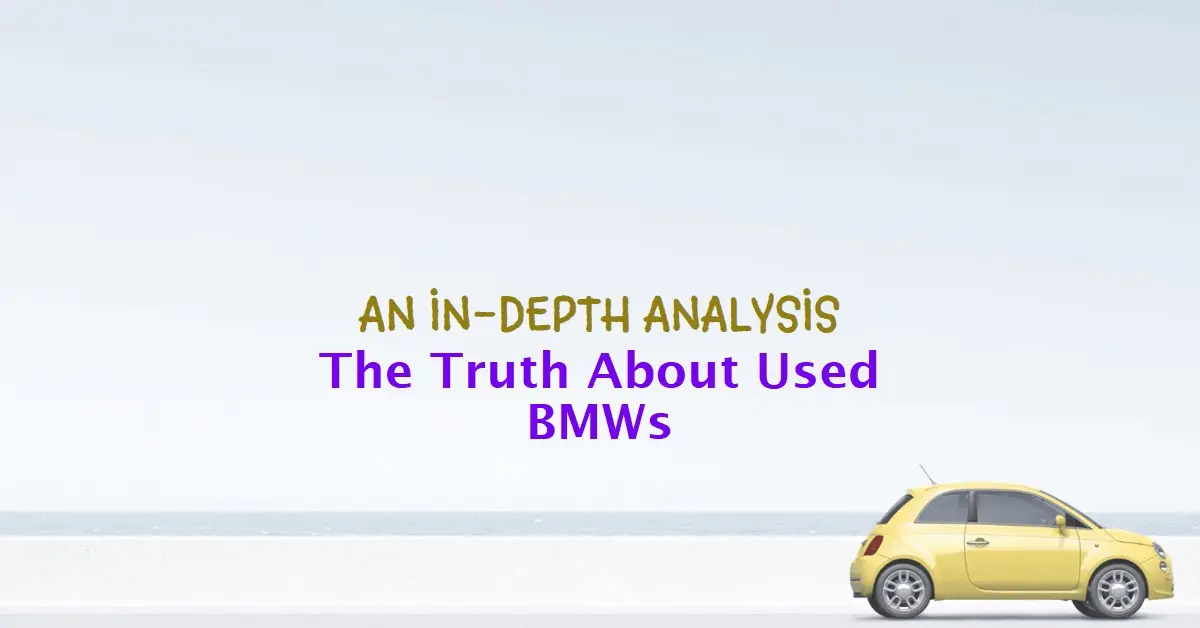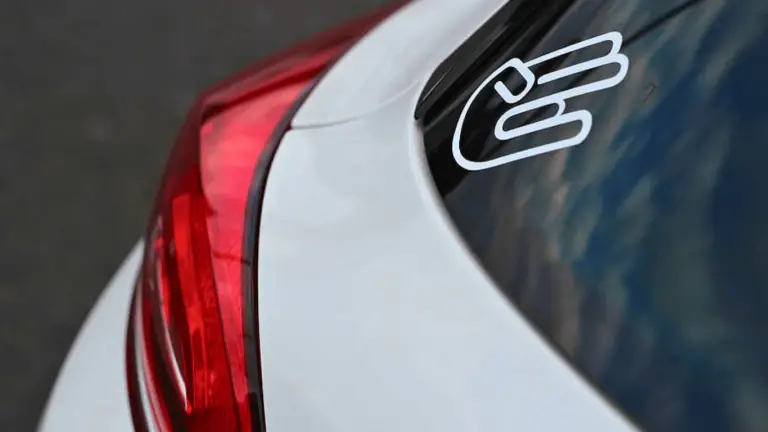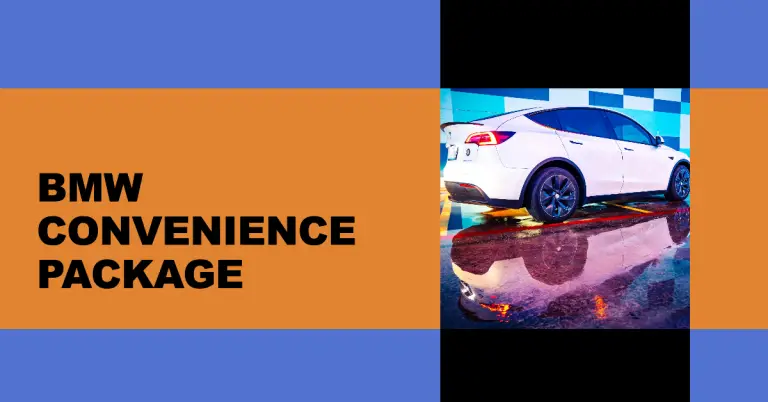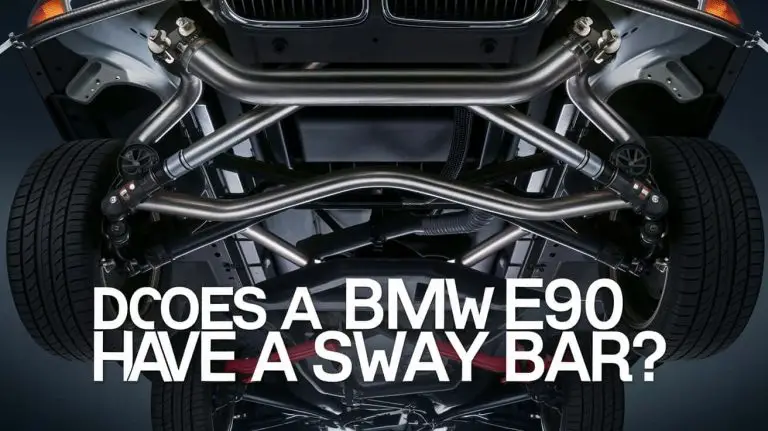Why Are Used BMWs So Cheap? An In-Depth Analysis
BMW has long been synonymous with luxury and performance. The German automaker’s renowned driving dynamics and cutting-edge technology command premium pricing for both new and certified pre-owned models. However, if you’ve browsed recent model year used BMW listings, you may have noticed surprisingly affordable pricing even on vehicles that are just a few years old.
So why exactly are used BMWs so inexpensive compared to new models and competing luxury brands? As an experienced BMW owner and auto industry analyst, I decided to dig into the data, research reliability reports, and parse through countless consumer experiences to find out.
High Depreciation Rates Drive Used BMW Prices Down
Kelley Blue Book’s 5-Year Cost to Own data reveals that BMWs depreciate faster than any other luxury automotive brand. In just the first year, BMW models shed approximately 50-60% of their original value. Across the luxury vehicle market, the average first year depreciation rate ranges from 45-55%.
Such extreme depreciation naturally creates attractive pricing on used BMW inventory. Additionally, factors like lease returns and incentives on new vehicles place further downward pressure on previously owned BMW pricing.
Flood of Off-Lease BMWs Entering Used Market
ALG estimates that over 30% of new BMW sales are leases, with terms typically ranging from 24 to 39 months. As these short-term leases expire, lightly used BMWs enter the pre-owned marketplace in tremendous volumes.
Dealerships favor leasing because it brings consumers back to showrooms more frequently and creates a steady supply of late-model trade-ins. For used car buyers, this lease-heavy sales strategy equals great deals galore. When browsing BMW listings on major used car sites, you’ll find no shortage ofoff-lease returns in great condition and with relatively low miles.
New Car Incentives Make Used BMWs More Appealing
BMW frequently offers enticing incentives on new vehicles to drive showroom traffic and keep production volumes high. For September 2022, buyers could take advantage of deals like:
- 1.9% APR financing for 60 months on all 2023 BMW models
- Up to $3,500 cash back on select new BMW SUVs
- Deferred payments for up to 90 days on purchased models
When new luxury vehicles are this attractively priced, it puts pressure on used car values. Savvy shoppers can likely negotiate an even lower price on a used BMW versus financing or leasing new. The discounts ultimately highlight the rapid depreciation BMWs are subject to.
Ownership Costs Outweigh Used BMW Purchase Price
The affordable pricing on used BMWs masks ownership costs that exceeds most other luxury brands. BMW engines often require premium grade gasoline, parts/labor rates are steep, and both maintenance and insurance is costlier than average.
Brace Yourself for Expensive Maintenance
In a study conducted by YourMechanic, BMW topped the list with an average maintenance and repair cost of $1,281 per year – approximately $580 higher than the industry average. Routine maintenance items like brakes, oil changes, and tire rotations require more expensive parts and fluids.
Once out of the 4 years/50,000 miles factory warranty coverage, that expense is almost guaranteed to rise as vehicles age and major components need repair or replacement. It’s essential to factor in higher than average maintenance costs when considering a used BMW purchase.
Budget for Premium Fuel Requirements
The majority of BMW engines require premium 91+ octane gasoline for optimum performance and longevity. For the average driver traveling 12,000 miles per year, that can amount to $100-150 in extra annual fuel expenses.
Considering some used BMW shoppers transition from more modestly priced brands using regular unleaded, this represents an ongoing cost increase they may overlook initially. The thrill of driving a luxury performance vehicle does come with a pump price premium in this regard.
Insurance Will Be Costlier Too
Due to higher repair costs, replacement part values, accident rates, and vehicle theft risk – insuring a BMW predictably costs more than mainstream brands. Insurify data shows BMW policyholders pay an average $205 monthly premium, approximately $68 per month above the industry mean.
Over a typical 6-month policy term, you’ll spend $400+ extra for the privilege of BMW ownership. Given their affinity with luxury status symbols, BMWs also statistically attract more claims attention – translating to even pricier premiums after an accident in some cases.
Reliability Woes Bring Used Values Down
In addition to burdensome ownership costs, questionable dependability in recent years drags down BMW residual values further. Consumer Reports notes the automaker plunged seven spots in their 2022 brand reliability rankings.
Electrical glitches, cooling system failures, and expensive engine repairs are chief complaints among surveyed BMW owners. These problems manifest most notably once warranties expire, demonstrating why extended service contracts are practically mandatory.
Let’s examine some prominent pain points impacting used BMW integrity and value retention:
Electrical Gremlins an Ongoing Headache
Consumer Reports points out that BMW’s complex integration of technology systems has resulted in rampant electrical issues – affecting everything from comfort features to critical drivetrain components. Problems surface across model lines, with affected vehicles often stranding without warning.
Several online forums contain threads of disgruntled BMW owners airing out grievances like:
- Malfunctioning iPhone connectivity interfaces
- Glitchy sensors throwing erroneous warning lights
- Starting failures and dead battery episodes
- Short circuits disabling entire electrical systems
Electrical faults can be incredibly expensive and frustrating to properly diagnose. And some problems recur again and again due to flaws in underlying system design and architecture.
These types of experiences shared publicly online hurt BMW’s reputation for quality and dependability – translating to used models depreciating severely.
Which BMW Engines Stand the Test of Time?
Used BMW shoppers are often overwhelmed deciding which older powertrains have proven durable, versus notoriously unreliable mills that are money pits. I asked several master-level BMW techs for their take on engine longevity:
- The naturally aspirated inline-6 (found in everything from 320i sedans to X5 SUVs) earns universal praise for its smooth power delivery and resilience even at higher mileages. The 3.0L variant is rock solid while the 4.4L V8 models need vigilant valve guide maintenance to avoid disastrous failure scenarios.
- On the flip side, many 4 and 6-cylinder twin-turbo BMW engines have poor longevity – plagued by oil leaks, turbo/gasket failures, timing chain issues resulting in catastrophic engine damage if not addressed early on. It’s critical to watch for symptoms and follow stringent preventative maintenance intervals.
- Certain 6-cylinder diesels also rate well thanks to sturdy block construction and forged components – though the containment systems prove troublesome. The 3.0L diesel found in numerous BMW SUVs will easily exceed 150,000+ miles if cleaned regularly.
Understanding which BMW powerplants have stood the test of time allows used buyers to zero in on good examples less likely to generate unexpected headaches. Performing pre-purchase inspections including leak down/compression tests further helps gauge remaining engine vigor.
It Gets Pricey Post-Warranty
New BMWs come with a 4-years/50,000 miles bumper-to-bumper warranty – setting the expectation of hassle-free operation over that initial ownership period. However, once the coverage expires, owners are shelling out for all uncovered repairs.
What’s frustrating further is that some recurring electrical and drivability problems manifest right after the factory protection runs out. Owners report quotes of $2,000+ to diagnose and fix wonky computer and sensor issues alone. Other out-of-pocket expenses like water pump replacement ($1,300+ per reputable indie mechanic) and fuel injector cleaning/replacement ($3,000 at dealers) also come as an unwelcome surprise.
While extended warranties help alleviate some stress, the limits and deductibles may still require considerable expense during a claim. This unpredictability absolutely motivates buyers to seek out BMW alternatives and further drags on long-term resale values marketwide.
The Verdict? Do Your Due Diligence On Used BMWs
Given their noted reliability shortfalls and costly maintenance requirements, used BMW values have adjusted to divert demand toward more dependable luxury brands boasting lower ownership costs. Still, for driving enthusiasts drawn to BMW’s heritage of ultimate driving machines, several bargain examples can be had – if the proper legwork is undertaken.
Here are my closing tips for scoring an enjoyable used BMW deal:
- Stick to well-maintained 3 Series and 5 Series with the bulletproof naturally aspirated inline-6 engines and manual gearbox option (if desired). Mileage under 100k is ideal.
- Thoroughly inspect vehicle history for any major collision repairs or flood/salvage events that were not remedied properly.
- Review all maintenance records to confirm diligent upkeep rather than neglect.







